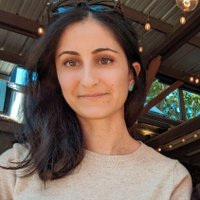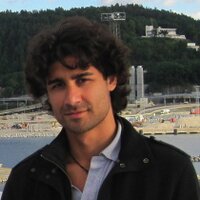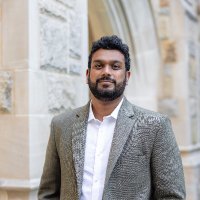
Yasaman Bahri
@yasamanbb
Research Scientist @GoogleDeepMind // Neural networks & AI, stat physics, condensed matter // Ph.D. theoretical physics @UCBerkeley.
ID: 2909296352
https://sites.google.com/view/yasamanbahri 24-11-2014 17:24:31
320 Tweet
5,5K Followers
971 Following

Congrats to John Hopfield and Geoffrey Hinton! well deserved recognition that some important foundations of AI rest on physics! Physics departments take note: understanding and improving AI systems is a new frontier topic for physics, just as biophysics was earlier. Time to hire!





Very excited to share our interview with Jascha Sohl-Dickstein on the history of diffusion models — from his original 2015 paper inventing them, to the GAN "ice age", to the resurgence in diffusion starting with DDPM. Enjoy!

So nice to be surrounded by >12000 physicists at American Physical Society summit working hard to understand the nature of our universe and build better tech like solar cells and novel quantum materials. Important for the public to remember that our living standards depend on this research.




Very excited to lead this new Simons Foundation collaboration on the physics of learning and neural computation to develop powerful tools from physics, math, CS, stats, neuro and more to elucidate the scientific principles underlying AI. See our website for more: physicsoflearning.org


I am excited to announce what William Fedus and I have been working on: Periodic Labs, a world class team of experimentalists, theorists, and LLM experts. Scientific discovery is inherently an out-of-domain task. Experimental iteration is required for significant advances,


